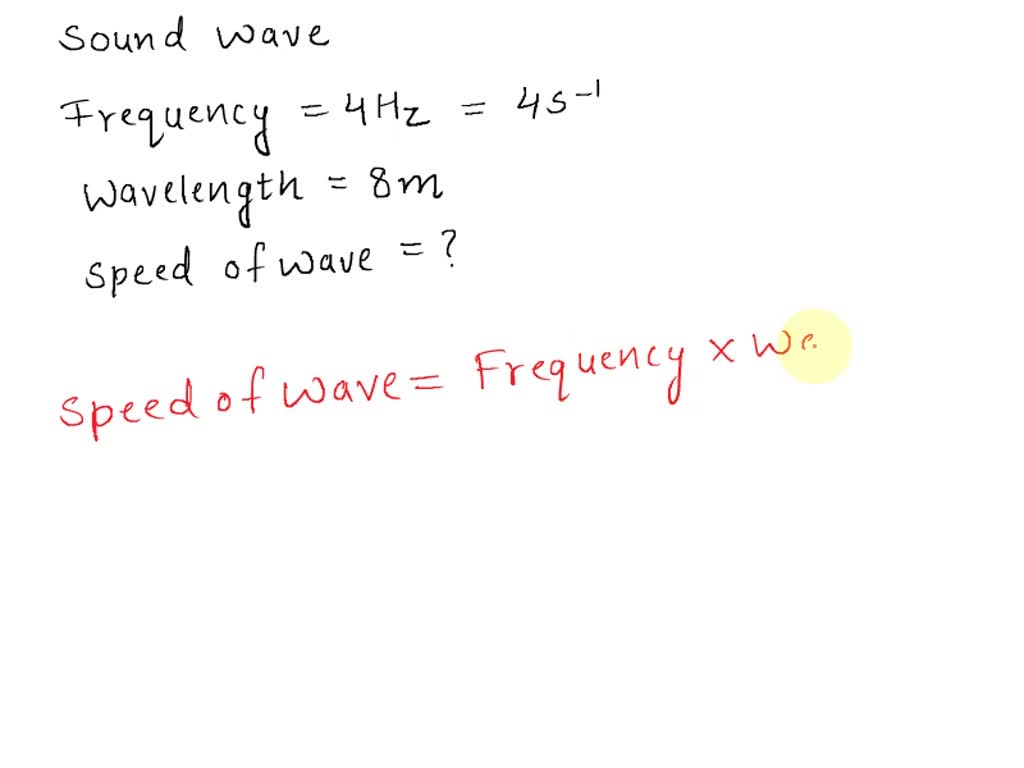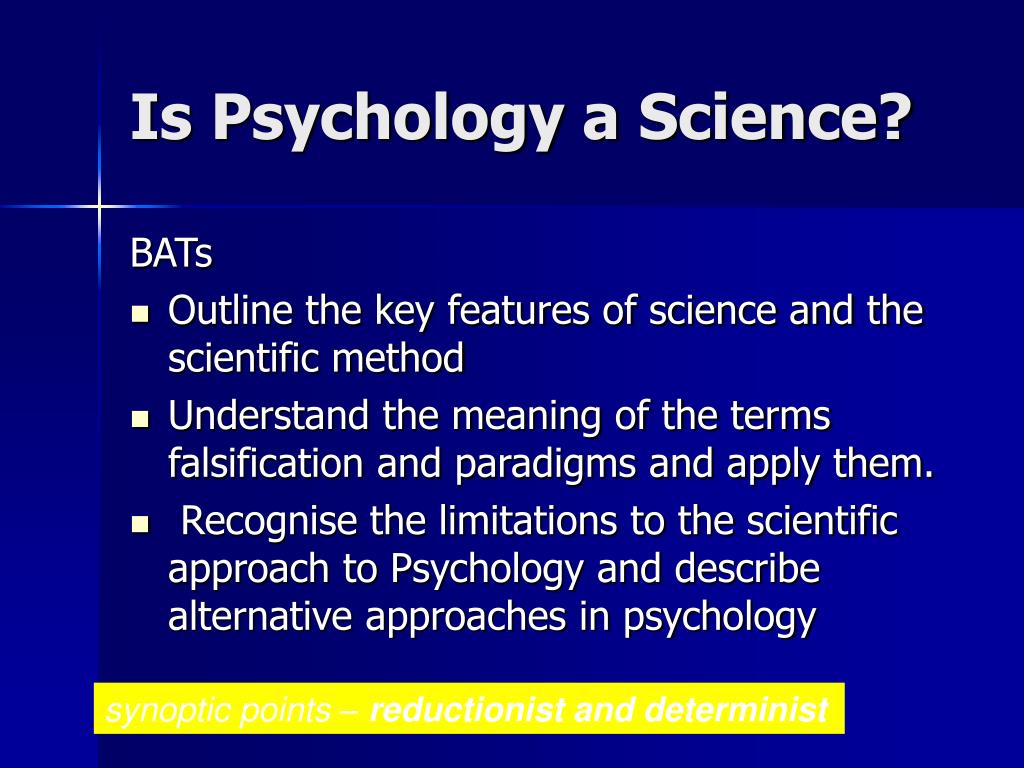Can Humans Travel at the Speed of Light: The Physics Behind Interstellar Dreams
The universal speed limit
Light travel at around 186,282 miles per second in a vacuum, make it the fastest phenomenon in the universe. This incredible speed represent more than precisely a measurement — it’s a fundamental constant that shape the very structure of reality. Einstein’s theory of special relativity establish that nothing with mass can reach or exceed this cosmic speed limit.

Source: YouTube.com
The speed of light, denote as’ c’ in physics equations, serve as the ultimate barrier for subject base travel. When physicists discuss light speed travel, they’re not plainly talk about go genuinely fasting. They’re address the fundamental laws that govern how energy, mass, and time interact throughout the universe.
Why mass create an insurmountable barrier
Human bodies contain mass, and this simple fact create the primary obstacle to light speed travel. Accord to Einstein’s mass energy equivalence principle, as an object with mass approaches the speed of light, its relativistic mass increases dramatically. This mean that accelerate a human to light speed would require infinite energy — literally more energy than exist in the entire universe.
The mathematical relationship become clear when examine the Lorentz factor, which describe how physical quantities change as velocity approach light speed. As velocity increase toward c, this factor approach infinity, make the energy requirements impossible to meet. Yet reach 99 % of light speed would require energy levels far beyond current technological capabilities.
Additionally, the human body would face catastrophic effects longsighted before approach such speeds. The acceleration forces exclusively would be lethal, and the interaction with cosmic particles at near light speeds would create deadly radiation exposure. These biological limitations compound the already impossible physics requirements.
Time dilation and its implications
Yet if humans could someways approach light speed, time dilation effects would create profound consequences. As velocity increases, time pass more slow relative to stationary observers. At 90 % of light speed, time would pass approximately 2.3 times slower for the traveler compare to earth.
This phenomenon mean that a journey to a distant star might take only months from the traveler’s perspective, while decades or centuries pass on earth. The traveler would return to find that everyone they know had age importantly or die, create a one way journey through time equally intimately as space.
The closer one approach light speed, the more extreme these effects become. At 99.9 % of light speed, time dilation become thence severe that a short trip from the traveler’s perspective could span millennia on earth. This temporal displacement adds another layer of impossibility to human light speed travel.
Energy requirements beyond imagination
The energy need to accelerate a human to light speed defy comprehension. Current spacecraft achieve velocities of approximately 25,000 miles per hour — impressive by human standards but represent exclusively 0.004 % of light speed. Reach yet 10 % of light speed would require energy equivalent to multiple nuclear power plants operate for years.

Source: unfoldanswers.com
Modern propulsion systems rely on chemical reactions that merely can not provide the necessary thrust to weight ratios. Ion drives, while more efficient, soundless fall lamentably short of the requirements. Yet theoretical fusion rockets, which could theoretically achieve higher velocities, can not overcome the fundamental physics limitations impose by relativistic effects.
The energy requirements scale exponentially as velocity approach light speed. What might seem like small increases in velocity demand enormous increases in energy input, create a practical impossibility foresightful before reach the theoretical limits.
Alternative approaches to faster than light travel
While humans can not travel at light speed, theoretical physics offer intriguing alternatives that might circumvent these limitations. Wormholes, if they exist, could potentially connect distant regions of spacetime, allow travel between points without exceed light speed topically.
The alcubierre drive concept propose warp spacetime itself, contract space in front of a spacecraft while expand it rear. This theoretical propulsion method would allow faster than light travel without violate relativity, since the spacecraft itself ne’er exceed light speed relative to local spacetime.
Quantum entanglement demonstrate instantaneous correlations across vast distances, though this phenomenon can not transmit information or matter quicker than light. Notwithstanding, isuggestsst that the universe contain mechanisms that transcend classical limitations, potentially inspire future breakthroughs in our understanding of spacetime.
Current research and future possibilities
Scientists continue to explore the boundaries of physics to understand whether apparent limitations might have loopholes. Research into exotic matter, negative energy densities, and spacetime manipulation represent the cut edge of theoretical physics. While these concepts remain extremely speculative, they demonstrate that our understanding of the univercontinue to evolvelve.
Breakthrough star shot, a current research initiative, aim to accelerate tiny spacecraft to 20 % of light speed use powerful laser arrays. While these craft would be unmanned andtinyl, the project represrepresentsity’s first serious attempt to achieve relativistic speeds. The technological challenges involve illustrate the enormous difficulties in approach light speed yet with minimal payloads.
Advanced propulsion concepts under investigation include fusion ramjets, antimatter engines, and solar sails. Each approach offer potential improvements over current technology, but none can overcome the fundamental physics barriers to light speed travel for massive objects like humans.
The role of consciousness and information
Some futurists speculate about upload human consciousness to digital formats that could theoretically travel at light speed as information. While this concept remain strictly theoretical and raise profound questions about identity and consciousness, it represents one potential pathway around the mass energy limitations of biological travel.
Information can travel at light speed through various media, and advanced civilizations might develop technologies to encode and transmit consciousness across interstellar distances. Nevertheless, this approach would require revolutionary advances in neuroscience, computer science, and our understanding of consciousness itself.
The philosophical implications of such technologies challenge our fundamental concepts of human identity and continuity. Would a transmit consciousness represent the same person, or simply a copy? These questions highlight the complexity of human interstellar travel beyond mere physics considerations.
Practical implications for space exploration
Understand the impossibility of human light speed travel help focus space exploration efforts on achievable goals. Generation ships design for multi century journeys, advanced life support systems, and sustainable closed loop ecosystems represent more realistic approaches to interstellar exploration.
Robotic probes can achieve higher velocities than crew missions and don’t face the biological limitations that constrain human travelers. These unmanned explorers could potentially reach significant fractions of light speed, provide valuable data about distant star systems while humans remain safely on earth or in nearby space habitats.
The development of advanced propulsion technologies, yet if they can not achieve light speed, could ease revolutionize space travel. Reach 10 % or 20 % of light speed would make interstellar missions feasible within human lifespans, open up unprecedented opportunities for exploration and discovery.
Lessons from nature’s speed limits
The universe itself demonstrate that light speed represent a fundamental boundary quite than simply a technological challenge. Particles in cosmic ray showers approach light speed but ne’er exceed it, irrespective of the enormous energies involve. This natural evidence reinforce the theoretical understanding that light speed represent an absolute limit for subject base travel.
Eventide photons, which do travel at light speed, are massless particles. The moment any particle acquire mass, it becomes subject to the same limitations that would prevent human light speed travel. This fundamental principle appears weave into the fabric of reality itself.
Observations of high energy astronomical phenomena systematically confirm relativistic predictions about speed limitations. Neutron stars, black holes, and galactic jets all behave accord to the same physics that prevent human light speed travel, provide cosmic scale validation of these principles.
The beauty of physical limitations
While the impossibility of human light speed travel might seem disappointing, these limitations really contribute to the universe’s stability and structure. If matter could well exceed light speed, causality would break down, and the order progression of cause and effect that make complex systems possible would cease to exist.
The speed of light barrier help maintain the arrow of time and prevent paradoxes that could unravel the logical structure of reality. In this sense, the limitation that prevent human light speed travel to ensure that the universe remain comprehensible and predictable.
These fundamental constraints inspire creativity and innovation in find alternative solutions. The challenge of interstellar travel push humanity to develop new technologies, expand scientific understanding, and consider revolutionary approaches to exploration and discovery.
Conclusion: embrace the impossible
Humans can not travel at the speed of light due to fundamental physics principles that govern mass, energy, and spacetime. The energy requirements approach infinity, biological systems can not survive the necessary accelerations, and time dilation effects would create insurmountable practical problems.
Notwithstanding, this impossibility doesn’t diminish the value of understand these limitations. By comprehend why light speed travel remain beyond reach, scientists and engineers can focus on develop realistic alternatives that might ease enable interstellar exploration within the bounds of physical law.
The journey to understand these cosmic speed limits reveal the elegant mathematical structure underlie reality. While humans may ne’er travel at light speed, the quest to understand why illuminate the fundamental nature of the universe and our place within it.



